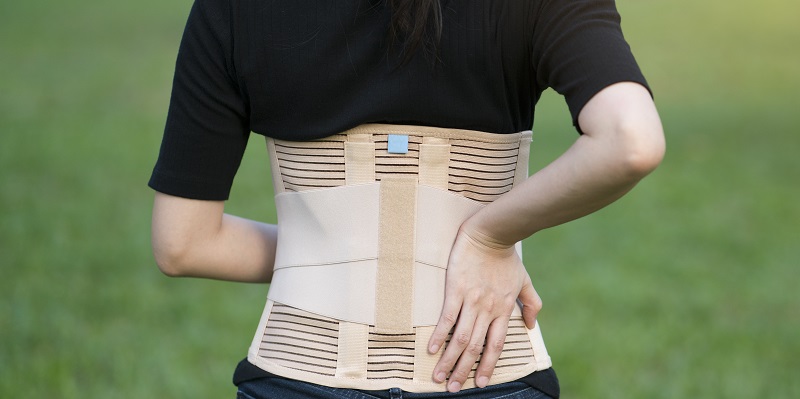3 Times When Back Braces Are Beneficial
Category: Spine | Author: Stefano Sinicropi

Back braces are designed to protect your spine and help promote healthy posture. Individuals with spinal stenosis or other spinal curvature issues may be prescribed a spinal brace to help keep the curvature from continuing, but that’s not the only time that a brace is beneficial. Below, we take a look at three instances when wearing a back brace can be helpful for your spine.
Weightlifting
If you’re going to be lifting weights or just moving heavy boxes, it’s a good idea to wear a back brace. Not only will this help to take some stress off your spine, but it can also help to naturally shift your lifting technique so you’re bending at the knees, not at the waist. Lifting with your back is a quick way to pull or tear a muscle, so invest in a squat belt or back brace to help keep you protected when moving heavy objects.
Sitting
Now, we don’t expect you to throw on a back brace every time you take a seat, but if you’re going to be seated for an extended period of time, it’s a good idea to don your back brace. A soft back brace can help guide your spine into a healthy posture position, which in turn will take a lot of stress off of your lumbar spine. Lower spine injuries are common among individuals who work at a desk all day, but a back brace can help protect this area. If you’re at your desk or going on a long car ride, put on a back brace to protect your lower spine.
After Surgery
Finally, another common time where you’ll be asked to wear a spinal brace is following a surgical procedure. No matter how small the procedure is, your spine is going to be in a weakened state following the operation. Moreover, overstressing your spine during this time can cause the operation to fail or hardware to shift, which can lead the need for a second operation. Follow your surgeon’s instructions when it comes how long you should wear your brace. It may be uncomfortable at times, but it is worth it to help protect your spine when it’s in a fragile state.
Minnesota Spine Surgeon
No matter why you choose to wear a back brace, listen to your doctor’s instructions and be careful not to overuse the brace. Doing so can lead to spinal muscle atrophy, and that can further subject you to problems. Hopefully the brace helps you get used to healthy spinal positions so you can lift and sit with the proper techniques without a brace, but if you’re going to use it long term, be sure to work in some physical therapy exercises to engage the same muscle groups you’re protecting with the brace.
For more information on braces, or to learn if you would be a good candidate for a spinal brace, reach out to Dr. Sinicropi’s office today.